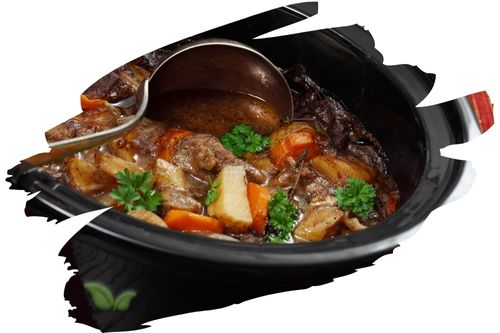
Introduction:
Embracing a low-sodium lifestyle doesn't mean sacrificing taste. In fact, there's a wide array of flavorful alternatives that can replace traditional high-sodium seasonings. From aromatic herbs to zesty spices, this guide will show you how to create delectable dishes that are both heart-healthy and bursting with flavor.
The Importance of Reducing Sodium Intake
Excess sodium intake is linked to various health issues, including high blood pressure and heart disease. By reducing sodium in your diet, you're taking a proactive step toward better health. Thankfully, there are numerous low-sodium seasoning options that make it easier to savor your meals guilt-free.
Benefits of Low-Sodium Seasoning
- Heart Health: Low-sodium seasonings contribute to a heart-healthy diet by reducing the risk of high blood pressure and cardiovascular diseases.
- Enhanced Flavor: Low-sodium seasonings encourage the use of natural flavors from herbs and spices, enhancing the overall taste profile of your dishes.
Exploring Low-Sodium Seasoning Alternatives
Fresh Herbs: Nature's Bounty
Herbs like basil, rosemary, thyme, oregano, and cilantro offer a burst of freshness and aromatic appeal. Chop them finely and add them to your dishes for a pop of flavor.
Citrus Zest: Tangy Delight
The zest of citrus fruits like lemon, lime, and orange adds brightness to your meals without sodium. Sprinkle the zest over your dishes for a zesty kick.
Spices: Aromatic Allure
Spices like cumin, paprika, garlic powder, and onion powder bring depth to your dishes without the need for salt. Experiment with different spice blends to create unique flavors.
Vinegar: Tangy Twist
Vinegar, whether balsamic, apple cider, or red wine vinegar, adds acidity and tanginess to your dishes, mimicking the effects of salt.
Garlic and Onion: Aromatic Enhancers
Both garlic and onion, whether fresh, sautéed, or roasted, offer strong and savory flavors that elevate your meals.
Homemade Blends: Creative Combinations
Experiment with creating your own seasoning blends using a mix of dried herbs, spices, and a touch of natural sweeteners like honey or maple syrup.
FAQs About Low-Sodium Seasoning
Is there a maximum amount of sodium per serving considered "low-sodium"? Generally, a "low-sodium" claim on food packaging means the product contains 140 milligrams or less of sodium per serving.
Can I still enjoy savory dishes without salt? Absolutely! Low-sodium seasoning options can provide layers of flavor that are just as satisfying as salt. Experiment with different combinations to find what works best for you.
Are there any herbs or spices that should be avoided for a low-sodium diet? Most herbs and spices are naturally low in sodium. However, it's a good idea to check the labels of pre-packaged spice blends, as they might contain added sodium.
Can I use low-sodium seasoning for all types of cuisines? Yes, low-sodium seasoning can be used in a wide range of cuisines, from Mediterranean to Asian to Latin American. The key is to focus on enhancing natural flavors.
Conclusion
Embracing a low-sodium lifestyle doesn't mean sacrificing taste and enjoyment in your meals. With a variety of low-sodium seasoning options at your fingertips, you can create flavorful dishes that support your health goals. By exploring herbs, spices, and creative combinations, you'll be on your way to a delicious and heart-healthy culinary journey.
Alert: While spices can have many beneficial properties for health, using them for medical purposes should be done under the guidance and supervision of a healthcare professional or specialist. Some spices may interact with medications or cause adverse reactions in certain individuals, and it is important to use them safely and appropriately. If you are considering using spices for a medical condition, it is important to consult with a healthcare professional before doing so.




















































